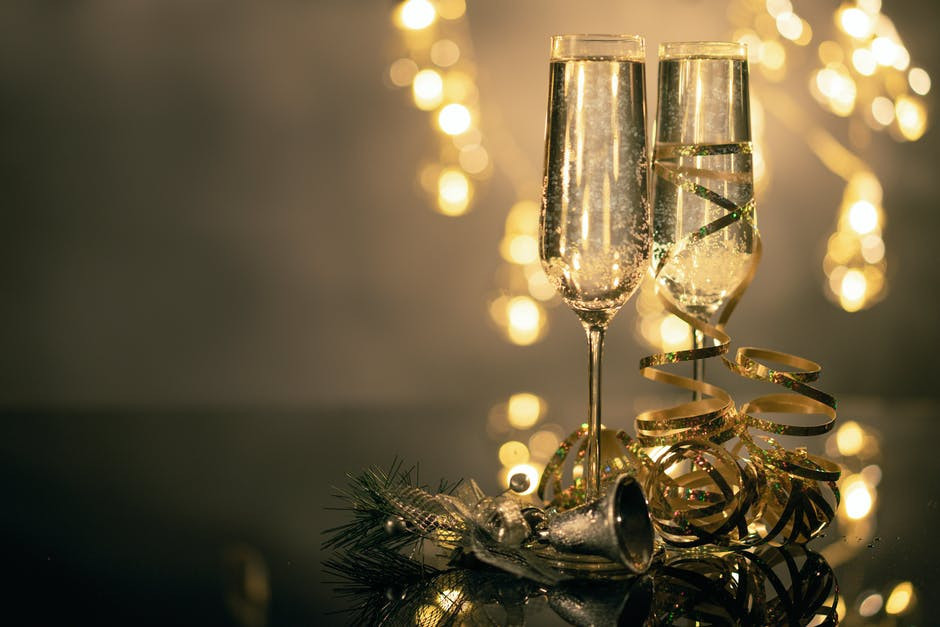We will no longer drink Champagne and other sparkling wines from narrow, upright glasses, also called flutes, because some have resolved the dilemma “Champagne Flutes or Glasses” in favor of glasses. So we will drink Champagne henceforth from wider wine glasses. That’s how the famous Decanter magazine writes, and this will likely become a new trend in the field.
Winners in the Dilemma of “Flute Champagne or Glasses”?

In flutes, Champagne cannot reach its full potential. This new trend is expected to be supported by both champagne growers and glassmakers. Maximilian Riedel, director of arguably the most celebrated wine glassmaker in the Riedel world, told the Decanter online edition that champagne flutes are outdated. Jean-Baptiste Lécaillon, the champagne cellar clerk at Louis Roederer, said for the same portal that their Champagne needs a different glass, not a flute, and is often served in white wine glasses, which can only show its full potential. They even developed their own glass, called the tulip, which is also tall but much wider than the flute.
The champagne flutes or glasses dilemma has been on the air for several years. The narrow and tall glasses are attractive because they can easily see the bubbles, but the aroma of the best champagnes does not come to the fore. And that is why the trend of serving champagne in white wine glasses, which champagne houses have used for years, is also expected to move to a wider wine environment. The sommeliers at the best restaurants are supposed to take care of this, offering the best champagnes to the guests in different glasses. The wide glasses should allow more bubbles to burst at a time due to the larger surface area, which emphasizes the aroma.
Each Has Its Own Glass
The biggest champagne houses like Moët & Chandon and Krug, for example, are working with Riedl on how to make a new champagne glass. At Krug, for example, they are proud of their glass of Joseph, which, in their opinion, emphasizes the specificity of their champagnes. At Veuve Clicquot, they envisioned a glass, which is a combination of a flute and a glass of red wine. Currently, it is probably the most trendy Grand Champagne 45 champagne glass from the Jamesse Prestige collection, created by French sommelier Philippe Jamesse for the Lehmann glasshouse. However, Riedel’s glass of Veritas Champagne is competing with him. The latter is recommended for all types of sparkling wines.
The fashion of champagne glasses has changed many times in history. After all, decades ago, wide champagne glasses were in vogue, from which Daisy and Great Gatsby sipped bubbles.
Paul Roger Brut Vintage 2006
Paul Roger, one of the most famous names among champagnes, is still family-owned, and a fifth-generation now runs the wine cellar. In 1951, they moved from Paul Roger Aye’s hometown to Epernay, where they own 87 acres of vineyards. Their wine market offers six different champagnes. It is famous for its fine and firm foam from tiny bubbles, which is the result of ideal conditions for secondary fermentation since the lowest point of the cellar is 33 meters underground.
The 2006 Roger Brut Vintage Pol is made from the traditional house genre, 60 percent blue pinot and 40 percent chardonnay. The grapes are harvested in 20 premiers Cru and grand cru vineyards in Montagne de Remis, in the Grand Vallee de la Marne, and in the Cote des Blancs. The cellar only produces the best vintage, and 2006 was one of the better ones.
Champagne has a straw yellow color and very complex sensations on the nose. We detect both mineral notes and aromas of white flowers, quince, and toast. It works very harmoniously in the mouth, full, with exceptional freshness and fine bubbles. The flavors of hazelnuts, almonds, honey, and citrus are rounded off with exceptional freshness, creamy texture, and elegance. It has such a long aftertaste that you want more with every sip.
Do not look for a reason, an opportunity, or a meal to open. It is simply so good that it is suitable for every moment.
Variety: Pinot Noir and Chardonnay Alcohol: 12,50% Sugar: Dry
